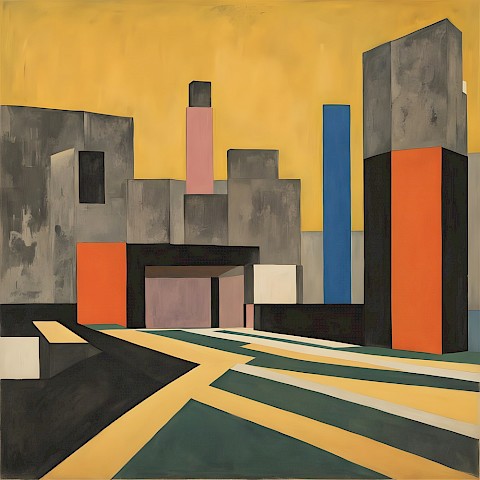|
27 I 2025 |
7. First visit to Italy 1819
238 - Forum Romanum, for Mr Soane’s Museum | |

| ||
|
Painted, to judge by the title in the Royal Academy catalogue, for Turner's fellow-Academician the architect Sir John Soane (1753-1837). Sone designed three adjacent houses in Lincoln's Inn Fields and moved from No.12 to the central one, No.13 in 1813, turning it also into a setting for his considerable collection of antiquities and works of art, particularly after the death of his wife in 1815. In 1833 he obtained a private Act of Parliament setting up the Museum under a body of trustees. The space is very constricted and it was probably because of this that he did not in fact take the picture. There is a letter from Sane to Turner of 9 July 1828 with a draft for 500 guineas and a request that ‘you will have the goodness to take charge of the picture until I can find a suitable place for it or a purchaser'. The picture is not specified but the sum of money suggests a work of this size. The letter and draft, however, are still at the Sane Museum; presumably Turner did not hold his old friend to their bargain and just took the picture back. Sane later acquired one of Turner's standard three-by-four foot canvases, 'Admiral van Tromp's Barge at the Entrance of the Texel, 1645, exhibited at the Academy in 1831. This, the third of Turner's great pictures resulting from his first visit to Italy in 1819, concentrates on the monuments of Ancient Rome and so would have had a particular interest for Sane. There is a composition sketch from a slightly different view in the Small Roman Colour Studies' sketchbook (T.B.CXC-1). In this painting Turner stresses the monumental quality of the Arch of Titus and the Basilica of Constantine on the right by the close viewpoint and consequent foreshortening, and even more by the massive arch which frames the picture at the top. The contrast between the gravitas of this picture and the lush curvilinear composition of 'Bay of Baiæ’ was perhaps deliberate. However, though there are contrasts of light and shade, the whole painting glows with colour, as the critic of The Literary Gazette for 13 May 1826 noted, not altogether approvingly: ‘The artist, we can readily perceive, has combated a very difficult quality of art, in giving solidity without strong and violent opposition of light and shade. . . . Mr. Turner ... seems to have sworn fidelity to the Yellow Dwarf, if he has not identified himself with that important necromancer.' Some letters have been inscribed down the left-hand edge near the bottom, scratched into the wet paint, some of it apparently added specially in small squares. They seem to read 'A[?]GM[?]SRMPA'. An image generated by an AI Machine Learning Model Property of the artist. | ||
